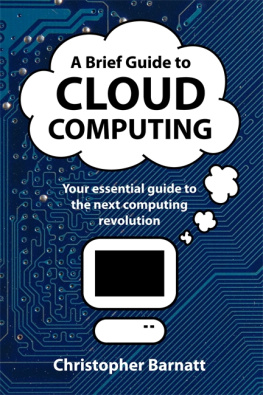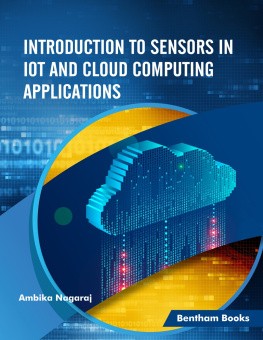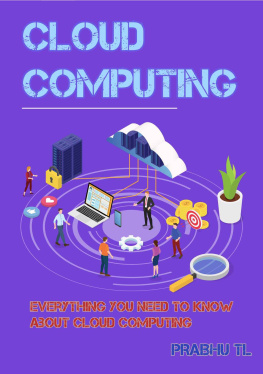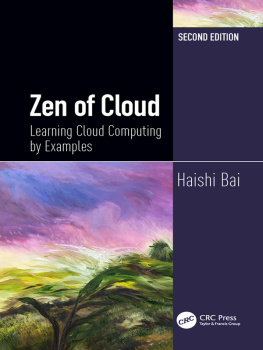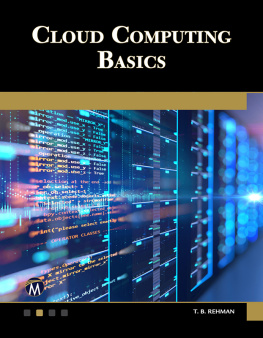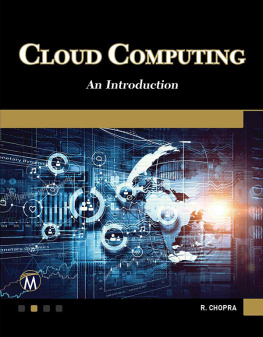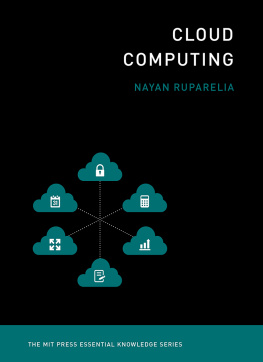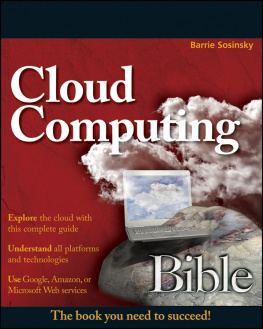Christopher Barnatt is Associate Professor of Computing & Future Studies in Nottingham University Business School, and the author of ExplainingComputers.com, ExplainingTheFuture.com and their associated YouTube channels. He has written five previous books on computing and future studies, and lectures and consults widely on cloud computing and Web 2.0. Christopher also appears regularly on TV and the radio. You can follow him in the cloud at twitter.com/ChrisBarnatt.
Highlights from the series:
A Brief History of British Kings & Queens
Mike Ashley
A Brief History of the Crusades
Geoffrey Hindley
A Brief History of the Druids
Peter Berresford Ellis
A Brief History of the Dynasties of China
Bamber Gascoigne
A Brief Guide to the Greek Myths
Stephen Kershaw
A Brief History of Henry VIII
Derek Wilson
A Brief History of the Hundred Years War
Desmond Seward
A Brief History of Life in the Middle Ages
Martyn Whittock
A Brief History of Mankind
Cyril Aydon
A Brief History of the Middle East
Christopher Catherwood
A Brief History of the Private Lives of the Roman Emperors
Anthony Blond
A Brief History of Secret Societies
David V. Barrett
A Brief History of the Universe
J.P. McEvoy
A Brief History of Venice
Elizabeth Horodowich
A Brief History of the Vikings
Jonathan Clements
A BRIEF GUIDE TO
Cloud Computing
Christopher Barnatt

COPYRIGHT
Published by Robinson
ISBN 978-1-8490-1633-9
All characters and events in this publication, other than those clearly in the public domain, are fictitious and any resemblance to real persons, living or dead, is purely coincidental.
Copyright Christopher Barnatt, 2010
The moral right of the author has been asserted.
While every effort has been made to ensure that the content in this book is as accurate as possible, no warranty or fitness is implied. The information is provided on an as is basis, and the author and the publisher take no responsibility for any loss or damages arising from its use.
All rights reserved. No part of this publication may be reproduced, stored in a retrieval system, or transmitted, in any form or by any means, without the prior permission in writing of the publisher.
The publisher is not responsible for websites (or their content) that are not owned by the publisher.
Robinson
Little, Brown Book Group
Carmelite House
50 Victoria Embankment
London, EC4Y 0DZ
www.littlebrown.co.uk
www.hachette.co.uk
To Helen
CONTENTS
ACKNOWLEDGEMENTS
I would like to thank Leo Hollis for asking me to write this book and then editing it; Kate Pollard for managing the publication process; Richard Rosenfeld for his copy-editing; Mark Daintree for checking parts of the manuscript and helping me introduce others to the cloud; Thomas Chesney, Duncan Shaw and George Kuk for allowing me to bounce ideas around; my parents for their support as I embarked on the journey of yet another book; and Tabitha Browne for being Tabitha Browne.
PREFACE
Computing is facing another revolution. This time it is called cloud computing and involves accessing software applications, data storage and processing power over the Internet.
Gaining access to computing resources online may not initially seem that radical a proposition. However, cloud computing is already starting to turn the software industry upside down. After all, once people start running programs over the Internet they will have no need to purchase and install them on their own computers. Companies will also not be required to purchase and maintain so much hardware and software if it can simply be rented online. The growth of cloud computing therefore threatens the survival of many software vendors and corporate data centres.
For most people cloud computing will be extremely liberating. This is because it will transform computing into an on-demand utility much like water or electricity. What this means is that, in the near future, computer power will simply be on tap for us to consume as we please. The Internet already provides the infrastructure to allow this to happen. Pioneering cloud computing suppliers are also already peddling their highly cost-effective wares. All that is required is for more people to appreciate the benefits of not having to invest in computer hardware and software that is rarely fully utilized.
This guide to cloud computing comes in two parts. Part I introduces the basics and explains the advantages of cloud computing, its association with Web 2.0, and the range of online software applications and hardware resources already available. In short, Part I covers what anybody who wants an understanding of cloud computing really has to know about.
Part II provides a broader coverage of the implications of cloud computing, and the different chapters might interest some more than others. The topics covered include security, privacy and reliability, next generation cloud hardware, battles ahead in both the computing industry and many boardrooms, personal clouds, and a glimpse into the future. Come to think of it, every chapter ought to interest everybody!
This book is not a supplier showcase. However, with any technology development as new as cloud computing, it is impossible to explain what is going on without significant reference to actual product offerings. Throughout this book you will therefore find reviews of specific cloud computing services. Many of these are even free to use straight away just by visiting the web addresses included in the text.
Like it or loathe it, cloud computing is already starting to have a significant impact on the personal and corporate computing landscape. Within a decade it is also likely to be the only computing show in town. None of us can therefore ignore cloud computing. Our only real choice is whether we want to be part of the steamroller or part of the road.
Christopher Barnatt
Lecturer and Futurist
April 2010
A Special Note on Web Addresses
A great many web addresses are included in this book. Most appear in the text without a www or http:// prefix e.g. docs.google.com and were checked at the time of publication to work in this format. However, a few web addresses are included with a www prefix, for example www.itfarm.co.uk. When this is the case the www part does need to typed into your web browser to access the site. Note that when a web address is included at the end of a sentence, the full stop does not form part of the address. Also note that links to the majority of web resources included in this book are featured in the Cloud Computing Directory .
Part I
CLOUD COMPUTING BASICS
THE RISE OF FLUFFY COMPUTING
This book is being written in the cloud. This means that my word processor is not installed on my computer. The files for each chapter are also not being saved on one of my own hard disks or USB keys. Instead, the program I am using is running somewhere out there on the Internet. My files are then being saved to remote online storage. This service is also being provided to me for free.
Exactly where my word processor is running and where my files are I really have no idea. More importantly, I simply dont care. This is also the whole point. Cloud computing is fluffy because the resources being used are irrelevant to the vast majority of users. This is why cloud computing is so scary and resisted in many corporate data centres. It is also why cloud computing is so liberating and powerful for the rest of us.
Next page
